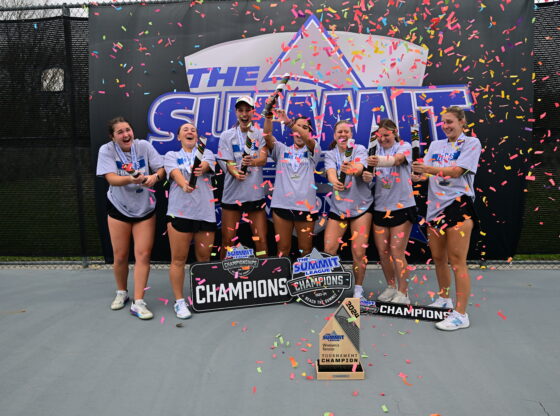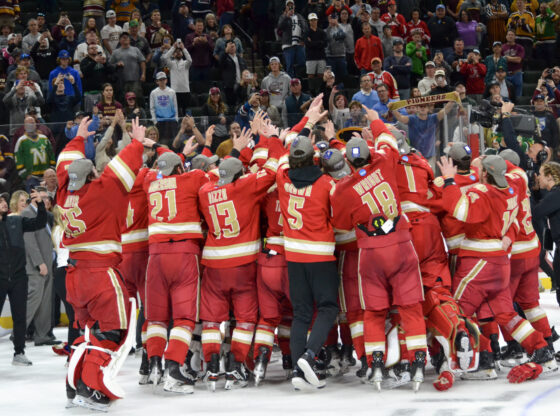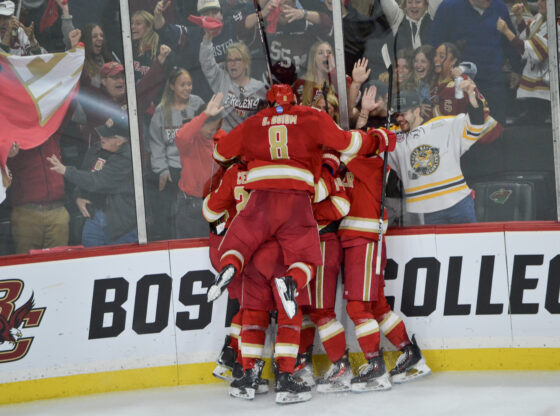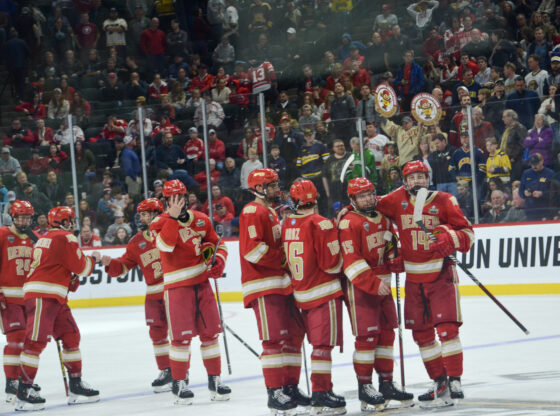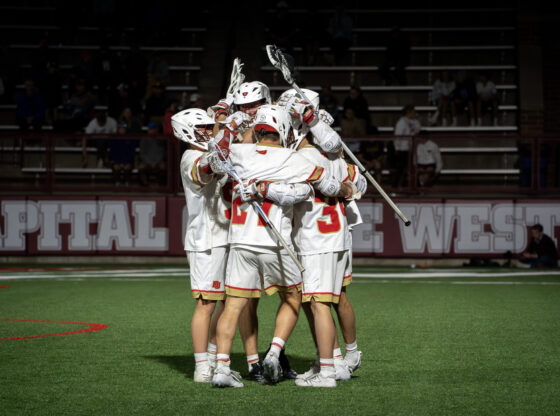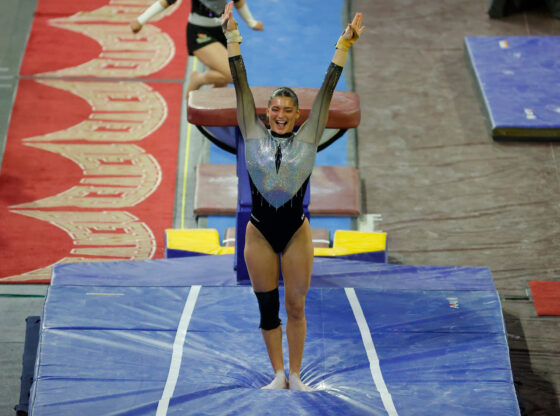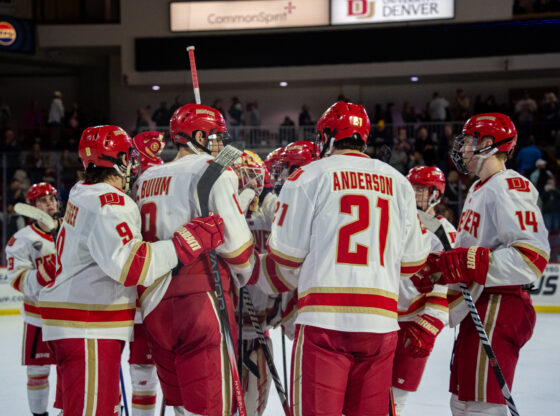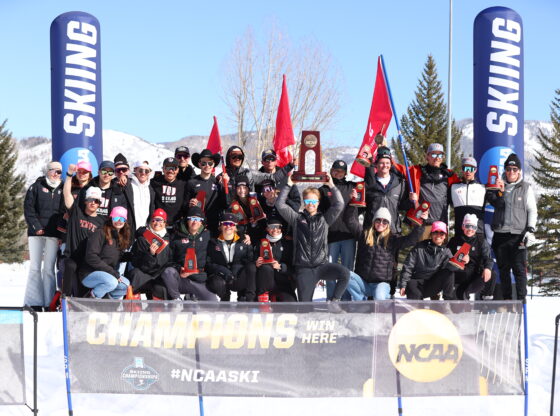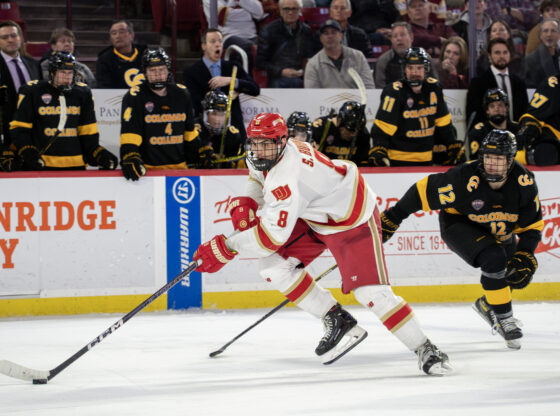The University of Denver’s Club Curling team recently wrapped up its official competition season with a trip to the Kettle Moraine Curling Club in Milwaukee, Wis. This followed only a few weeks after the team’s first bonspiel—the curling term for competition—of the year in Lincoln, Neb.
Like many other teams across the nation, Denver’s curling club faced profound difficulties during the COVID-19 pandemic—namely a lack of participation—that threatened the very existence of the club.
Two years ago, Club Curling had not even a dozen members and one officer—now-graduated physics major Kate Pletcher—to keep the club running. This year, the team boasts a whopping six officers and is overflowing with brand-new, eager athletes, making a total roster of 29 curlers.
This has led to welcome changes not only for the club’s headcount but also for its performance.
“What is most encouraging about that is that every team that played this year was comprised of at least 50% new players. So new players have been learning well, learning quickly, and have stepped into a brand-new game environment and have been competitive,” said Vice President Joseph Simms
“Not only has our membership recovered, but so many of our curlers have exhibited a genuine desire to understand the game,” said President Brock Anderson. “This is especially vital when facing teams from other parts of the country who have often been curling much, much longer than us.”
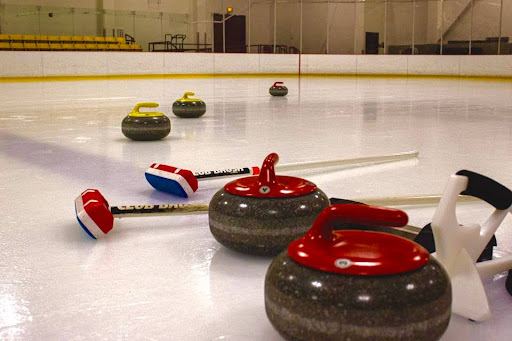
The competition from other teams has indeed been daunting. Unlike many schools in the Midwestern region, DU’s curling team does not have plentiful opportunities to compete with other curlers on professionally maintained curling ice.
Fitting the very definition of scrappy up-and-comers, the team typically trains late into the night in Joy Burns Arena, where the self-maintained ice conditions are vastly different from what the athletes experience in competition. Even with these setbacks, the club leadership remains optimistic about the future of Denver curling.
“The team is very young in terms of curling experience, but we’ve been able to learn fast despite our poor practice space and limited time,” said Simms. “I think this speaks wonderfully to our coaches we brought in this year, and we can’t thank Kaitlyn and Chris enough for how much they’ve helped the club.”
Coaching has been yet another enormous step forward for the club. Since Kaitlyn Shafer and Chris Fazzari have stepped into their roles, they have guided the club in a much more technically advanced way than was previously possible—a change that addresses a major need of the club.
“There’s a lot of growth, namely in skill, that needs to happen in the club, but there’s a visible path in front of us that can bring us to those goals, and the possibilities are very exciting,” said Simms.
“Looking forward, I would love to see us clinch a Nationals berth soon. We have the personnel; we just need to dial in and continue to become as competitive as we can be,” said Anderson. “We’ve accomplished so much—but I’ve never been more optimistic for what lies ahead.”
Interested students can learn more about Club Curling through the Ritchie Center website and follow its journey on the DU Club Curling Instagram page.


